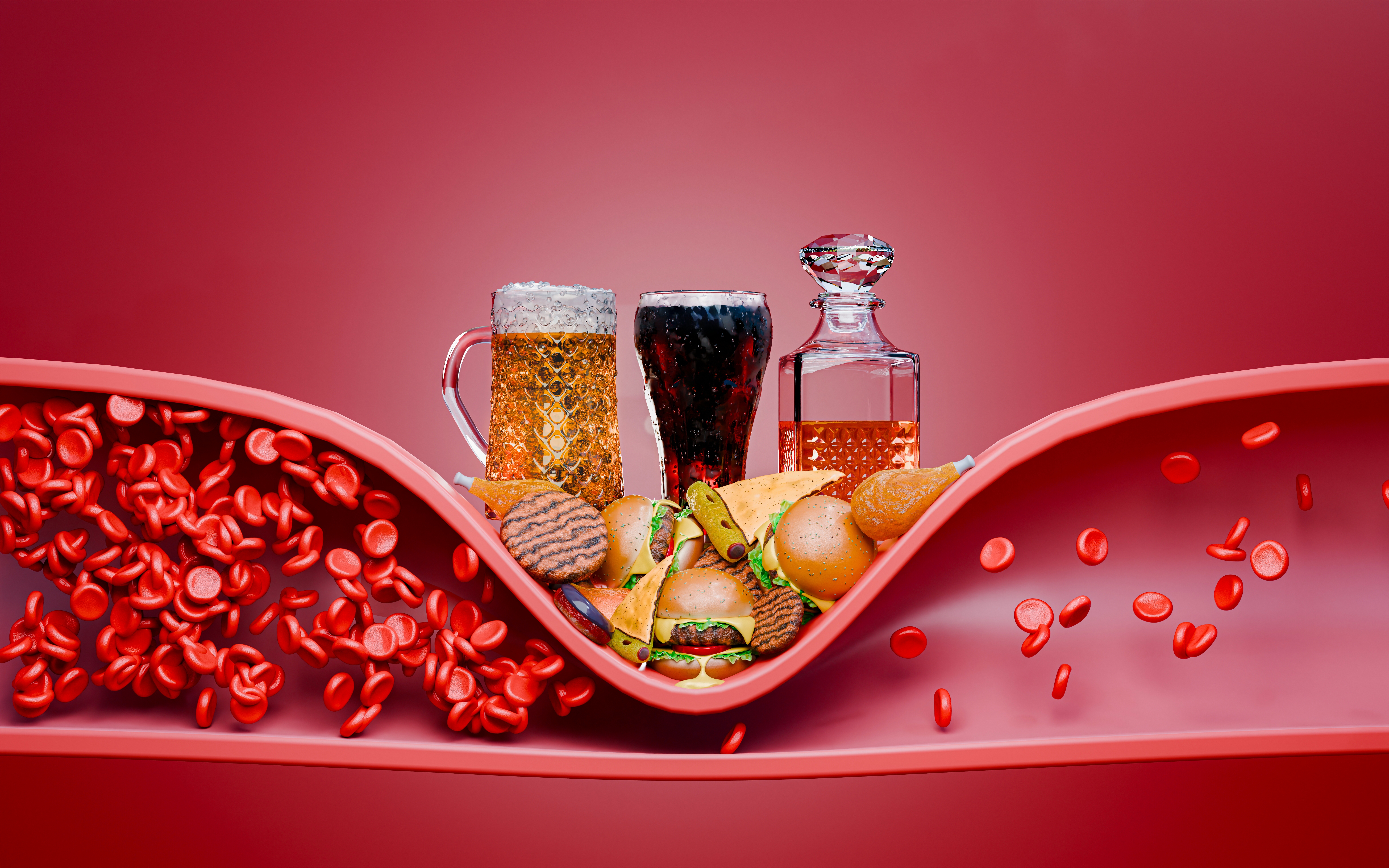
.As we approach 2024, awareness of heart health continues to grow, with high cholesterol being a significant concern for millions of people worldwide. At Coda Pharmacy, we aim to support our community by offering holistic advice, including non-pharmaceutical methods to manage cholesterol levels effectively. Whether you're looking to prevent high cholesterol or manage it, diet plays a crucial role in keeping your heart healthy.
Cholesterol is a fatty substance found in your blood that is necessary for building cells and producing certain hormones. However, when cholesterol levels become too high, particularly LDL (low-density lipoprotein) or "bad" cholesterol, it can lead to plaque buildup in your arteries. This buildup, known as atherosclerosis, increases the risk of heart attack, stroke, and other cardiovascular diseases.
On the other hand, HDL (high-density lipoprotein) or "good" cholesterol helps remove excess LDL from the bloodstream. Maintaining a balance between LDL and HDL is critical to heart health. While medications like statins are commonly prescribed to lower cholesterol, making lifestyle and dietary changes can have a powerful impact and, in many cases, may reduce the need for pharmaceutical intervention.
As pharmacists at Coda Pharmacy, we understand that not everyone wants to rely solely on medications for managing cholesterol. While medications are effective, there are several non-pharmaceutical approaches that can help reduce cholesterol naturally, especially through dietary modifications.
The following are evidence-based dietary strategies to lower cholesterol in 2024, supported by recent research and the latest dietary guidelines.
Soluble fiber is a type of fiber that dissolves in water to form a gel-like substance. This fiber helps reduce the absorption of cholesterol into your bloodstream. Studies have shown that consuming 5-10 grams of soluble fiber daily can decrease LDL cholesterol by 5-10%.
Where to Find Soluble Fiber:
Pro Tip for 2024: Start your day with a bowl of oatmeal topped with sliced apples and chia seeds. You’ll not only enjoy a delicious meal but also lower your cholesterol.
Not all fats are created equal. Saturated and trans fats can raise LDL cholesterol, while unsaturated fats (monounsaturated and polyunsaturated) have the opposite effect, helping to increase HDL and lower LDL levels.
Limit Saturated and Trans Fats:
Increase Unsaturated Fats:
Pro Tip for 2024: Try to swap out butter and margarine with extra-virgin olive oil in cooking. If you’re craving something creamy, mashed avocado or hummus are heart-healthy alternatives.
Plant-based diets, or diets rich in plant-based foods, are consistently linked to lower cholesterol levels. In particular, diets high in fruits, vegetables, whole grains, nuts, and legumes have been shown to reduce LDL cholesterol.
Pro Tip for 2024: Make at least half your plate fruits and vegetables at every meal. Consider a plant-based stir-fry for dinner or roasted vegetables paired with quinoa.
While saturated fats are often blamed for high cholesterol, recent research suggests that added sugars and refined carbohydrates also play a significant role. These foods can lower HDL cholesterol and raise triglyceride levels, increasing the risk of heart disease.
Pro Tip for 2024: Reduce your intake of sugary foods and focus on nutrient-dense snacks like fresh fruits, raw nuts, or a handful of trail mix.
Omega-3 fatty acids are well-known for their heart-protective benefits. While they don’t lower LDL cholesterol, they can reduce blood pressure, lower triglycerides, and reduce the risk of heart disease.
Omega-3 Sources:
Pro Tip for 2024: Make a hearty salmon salad with spinach, walnuts, and a sprinkle of flaxseeds for a double dose of omega-3s.
Plant sterols and stanols are natural substances found in certain foods that can block the absorption of cholesterol. Eating foods fortified with sterols and stanols can lower LDL cholesterol by up to 10%.
Where to Find Sterols and Stanols:
Pro Tip for 2024: Check food labels for products fortified with sterols or stanols, particularly if you’re looking for an easy dietary intervention to lower cholesterol.
While this is technically not a dietary change, physical activity and weight management are crucial components of lowering cholesterol naturally. Regular exercise helps raise HDL cholesterol while lowering LDL and triglycerides.
Pro Tip for 2024: Combine dietary changes with at least 150 minutes of moderate exercise per week to achieve the best cholesterol-lowering results.
The holiday season can be challenging for anyone trying to maintain healthy eating habits. Rich, indulgent foods are often laden with saturated fats, sugars, and refined carbohydrates. Here’s how to enjoy your holiday meals while still managing your cholesterol levels:
At Coda Pharmacy, we believe in empowering you to take control of your health through non-pharmaceutical methods. A cholesterol-friendly diet can go a long way in improving your heart health. By incorporating more fiber-rich foods, healthy fats, and plant-based meals, and making smart choices around sugar and refined carbs, you can reduce your cholesterol and enjoy a healthier 2024.
Remember, consistency is key. While medications may be necessary for some, these dietary and lifestyle adjustments can provide powerful, lasting benefits for managing cholesterol and promoting heart health. If you have any questions or need personalized advice, feel free to stop by Coda Pharmacy, and our team will be happy to assist you.